Sanguisorba minor 1g, ~125 seeds
875 Ft
Sanguisorba minor (Sanguisorba minor), or little bloodroot, is a perennial, native wildflower. According to legend, it got its name from the fact that the Hun prince Csaba used it to heal the wounds of his soldiers after a battle because of its haemostatic properties. It is also an edible herb: its leaves have a nutty, cucumber taste and are excellent in salads. Like its cousin, the autumn butterfly weed, it is a food plant for many of our butterflies, so it is important to plant more of it in gardens.
Features:
- other names: little bloodroot, bog myrtle, melon-scented grass, bloodroot
- Latin name: Sanguisorba minor
- family: rosaceae
- life cycle: perennial
- flowering period: may - august
- size: 50-80 cm
- soil: dry
- growing area: sunny, shady
- other: edible, herb
- seeds origin: Austria
- pollination factor: 8/10
1 packet 0,25 g - contains about 30 seeds.
For betting suggestions and more details, scroll down.
In stock
Description
Sanguisorba minor (Sanguisorba minor), or little bloodroot, is a perennial, native wildflower. According to legend, it got its name from the fact that the Hun prince Csaba used it to heal the wounds of his soldiers after a battle because of its haemostatic properties. It is also an edible herb: its leaves have a nutty, cucumber taste and are excellent in salads. Like its cousin, autumn buttercup, it is a food plant for many of our butterflies, which is why it is important to plant more of it in gardens, providing the only food source for many butterfly species when they are caterpillars.
Features:
- other names: little bloodroot, bog myrtle, melon-scented grass, bloodroot
- Latin name: Sanguisorba minor
- family: rosaceae
- life cycle: perennial
- flowering period: may - august
- size: 50-80 cm
- soil: dry
- growing area: sunny, shady
- other: edible, herb
- seeds origin: Austria
- pollination factor: 8/10
Sow the seeds in spring or autumn in prepared soil or pots. Cover them with soil, pressing the soil down a little. Water them. Keep the soil moist for the first 1-2 weeks. Perennials will not flower until the following year if sown in spring (sometimes as early as late summer if sown in early spring), and the following year if sown in autumn. Enjoy the spectacle!
Chickweed occurs in the following seed mixtures:
Lepkert
More information
| Mass | 4 g |
|---|---|
| Lifecycle | |
| Species | |
| Demand for light | |
| Dispensing | |
| Special feature | |
| Height | |
| Quantity | |
| Ancestry | |
| Colour | |
| Talaj | |
| Flowering month | |
| Water demand |
Only users who are logged in and have already purchased the product can write a review.
Related products
-
- Out of StockRead more
- Add to wishlistAdd to wishlist
Add to wishlistAdd to wishlist -
-
-
Add to basket
- Add to wishlistAdd to wishlist
Add to wishlistAdd to wishlist -
Add to basket
-
-
Add to basket
- Add to wishlistAdd to wishlist
Add to wishlistAdd to wishlist -
Add to basket
-
Add to wishlistAdd to wishlist
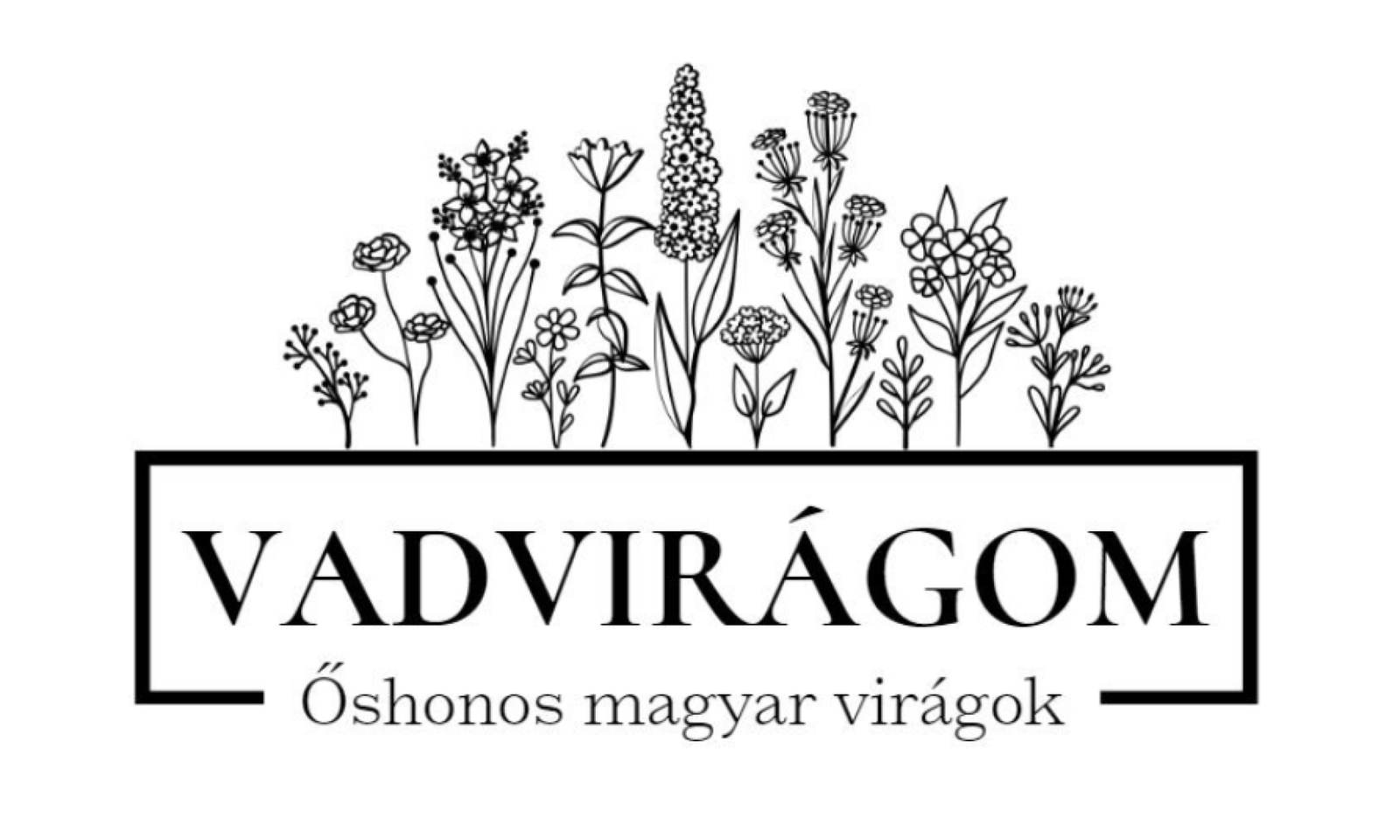

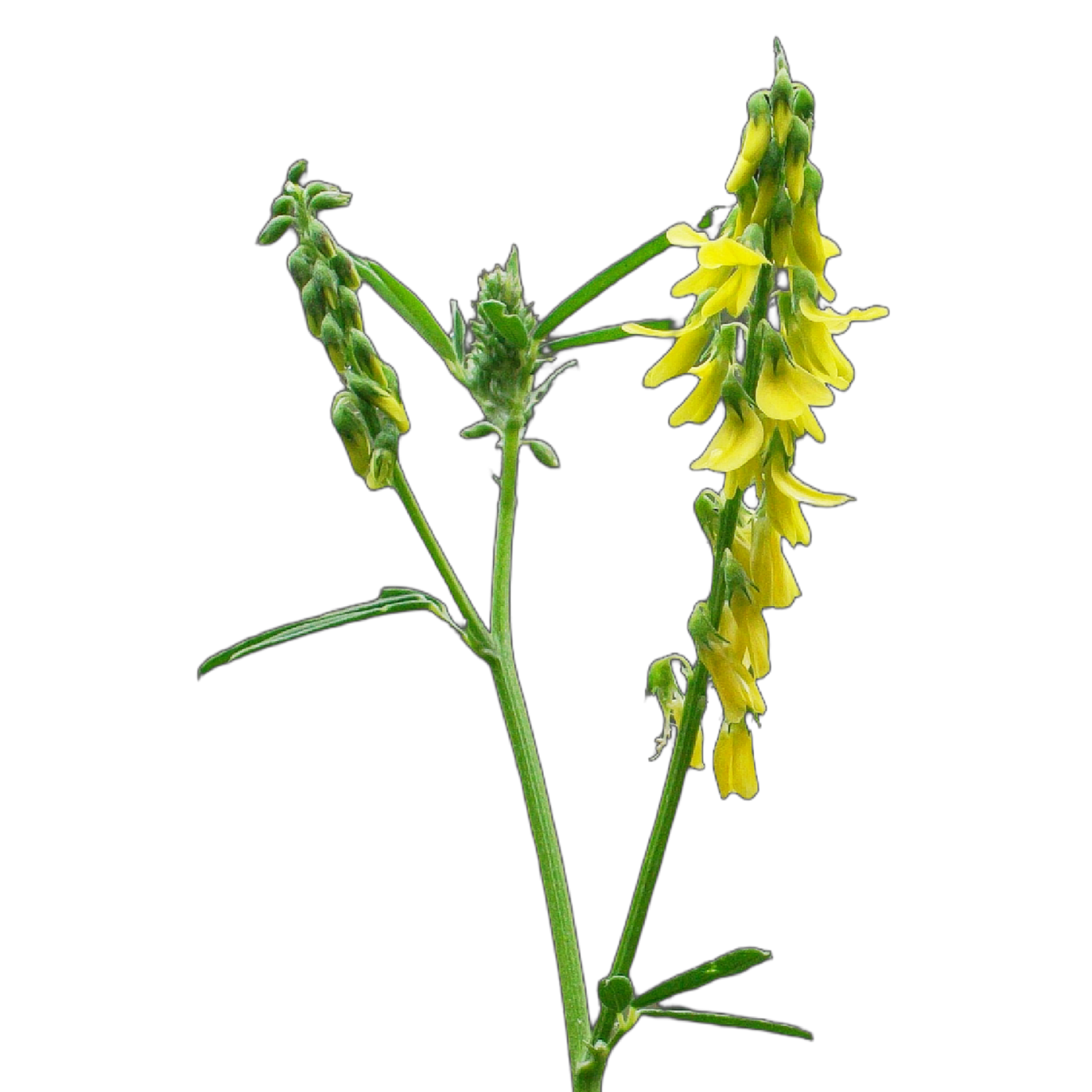
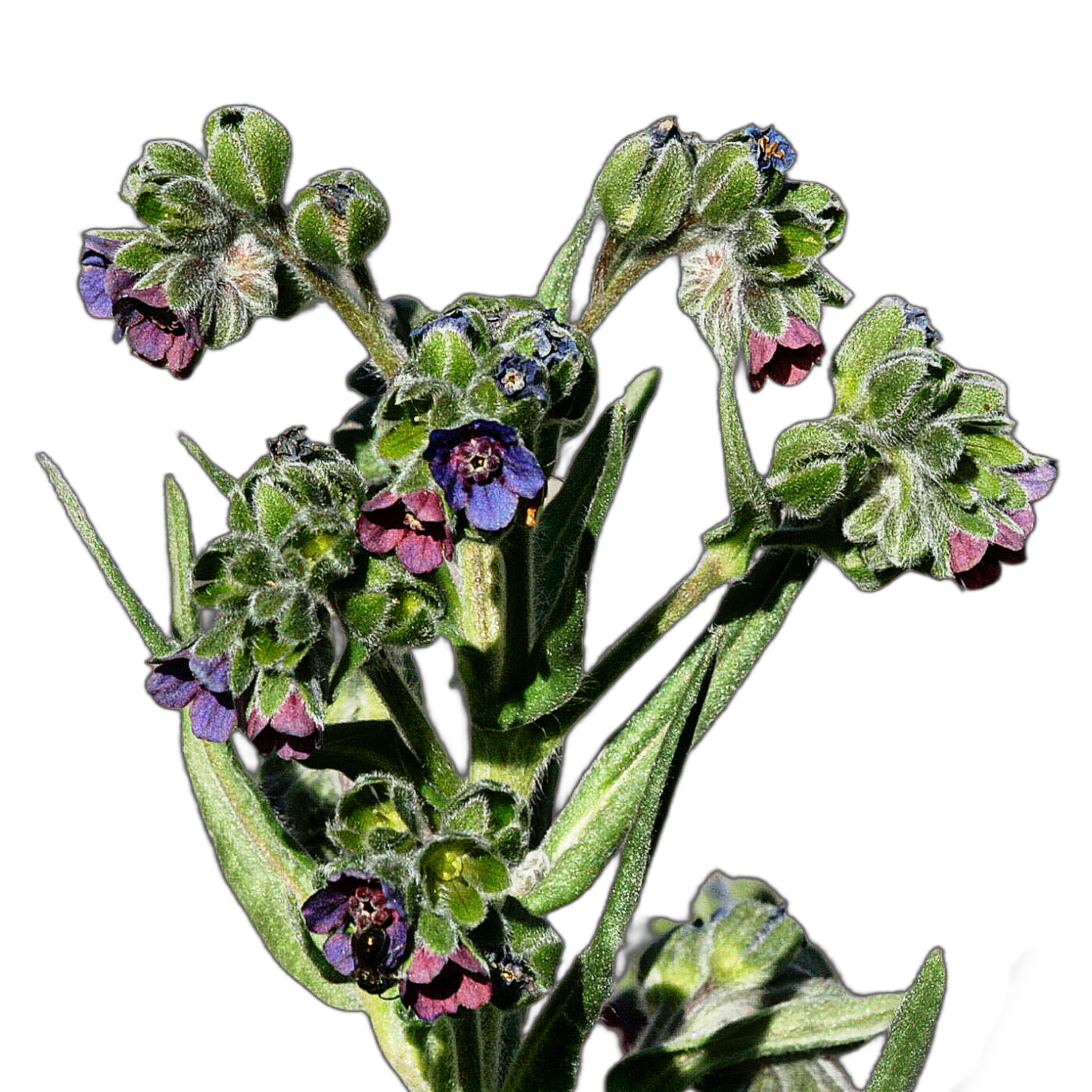
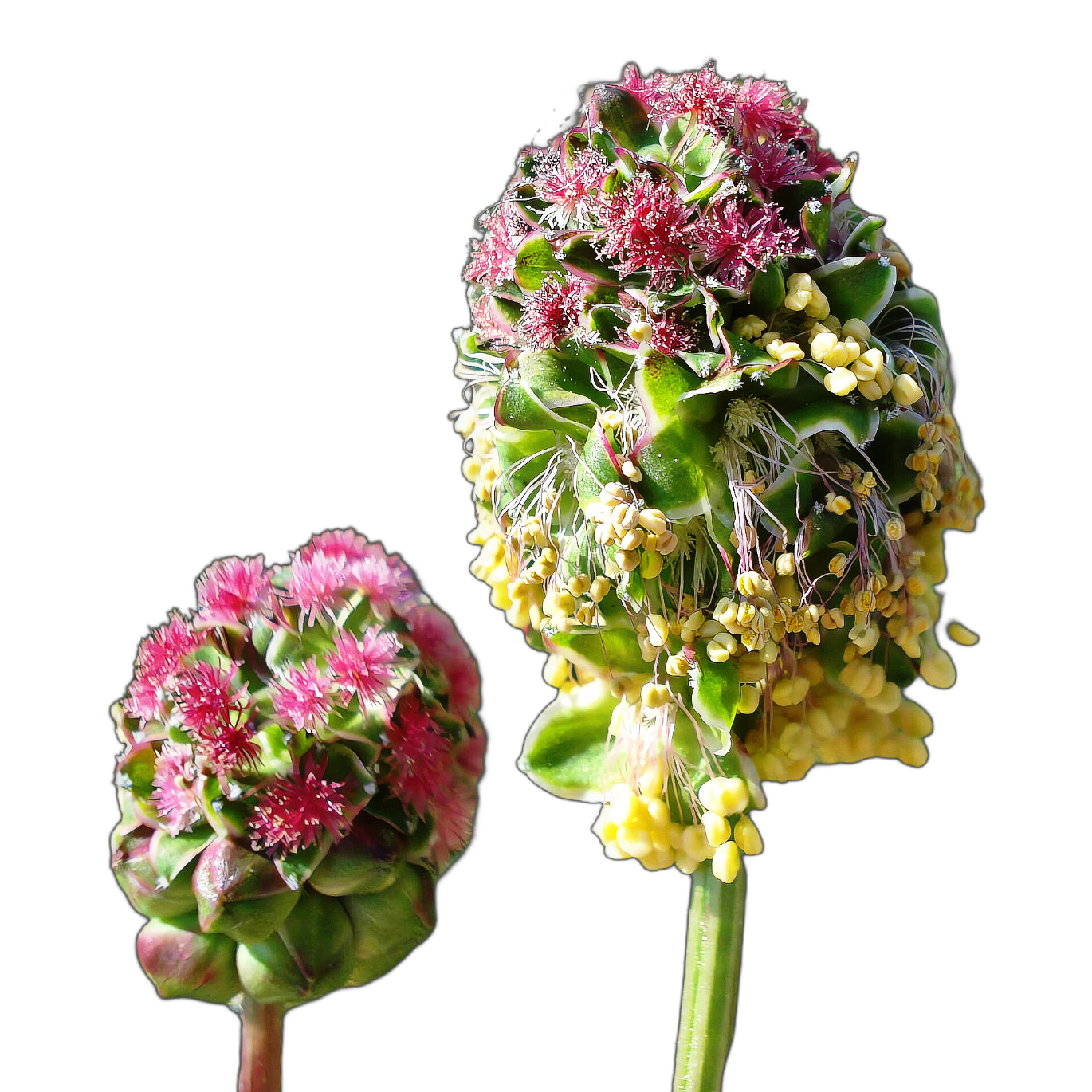
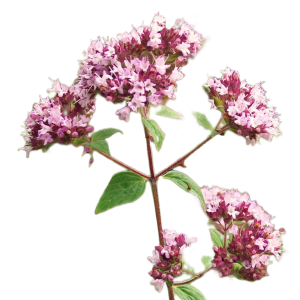

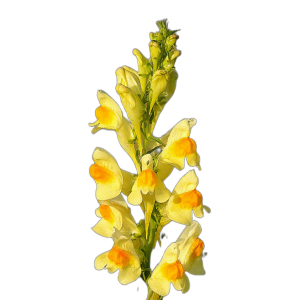
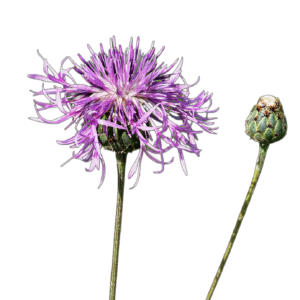
Reviews
No reviews yet.